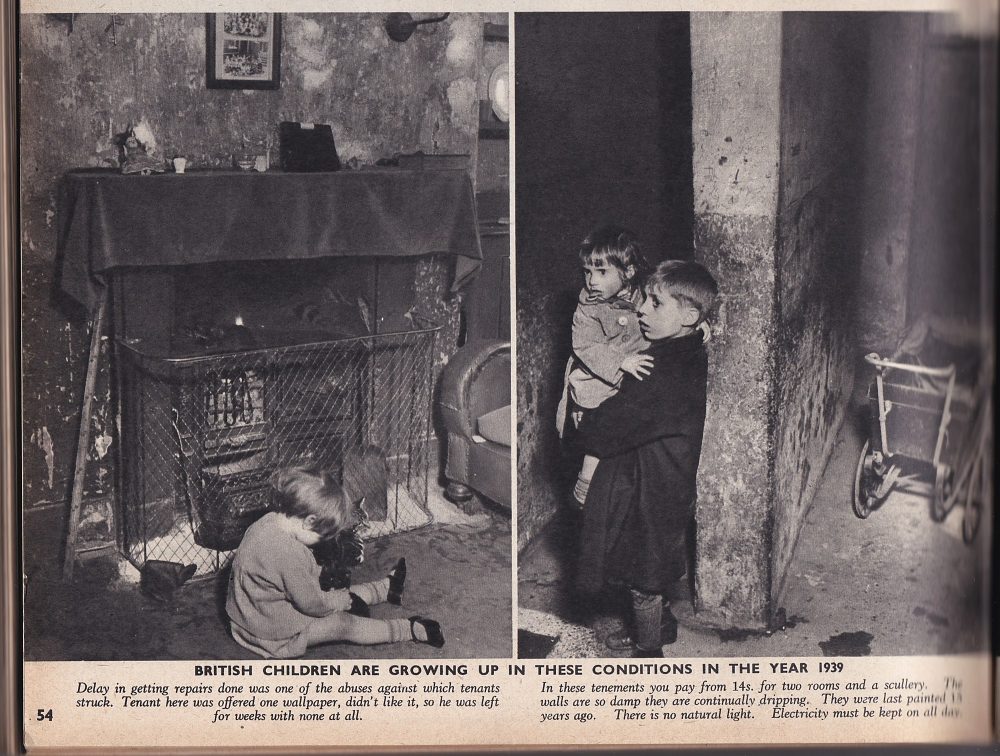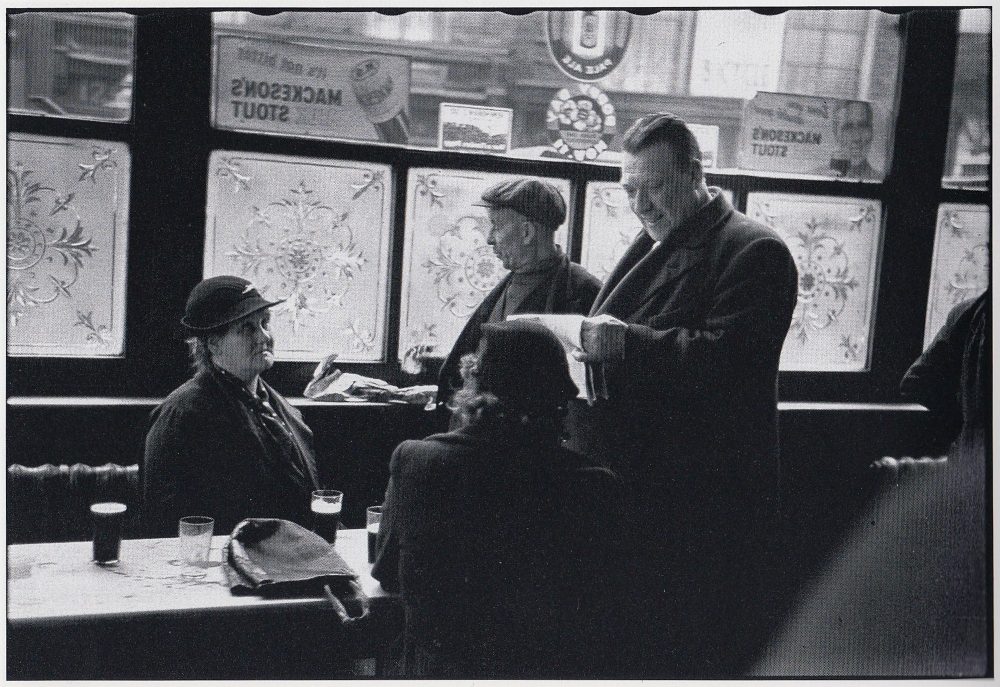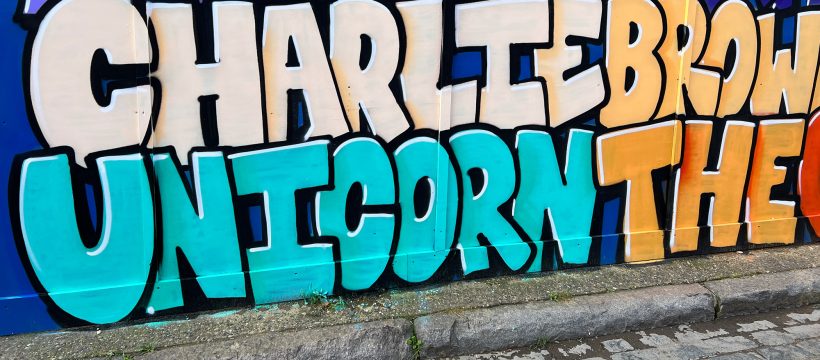The hoarding artwork in Arnold Road, Bow is taking shape, as you can see above. It’s a collaborative project between The Geezers Club in Bow, renowned street artists Normally Ben (@normallyben Instagram) and Steph Warren (@stelladore_gallery Instagram), supported by LF Solutions and Jerram Falkus Construction Ltd.
The Geezers say: “We sometimes talk about the old days and of the East End pubs that are no longer around. Pubs from Bow, Bethnal Green, Stepney, Limehouse and Poplar. The names of the pubs awaken memories: they said that in the East End you could find a pub on every corner.
“Now the figures show that’s no longer true. The hoarding artwork lists the names of long-gone East End pubs.”
Our header photo shows Charlie Brown’s, which was demolished in 1989 to make way for the Limehouse Link tunnel, and the Unicorn in Vivian Road, Bow which closed in 2002.
The answer to the question: “Why were there so many pubs, and how were they used?“
Before 1970 housing conditions for many working people in the East End were poor. When the pubs were built people had only an outside toilet, no bath, a cold tap over a big sink and a coal fire, which was also originally used for cooking. The washing of clothes and people was done at public wash houses. Poplar Baths opened in 1852. Tin baths indoors were a later luxury. Houses were small and cramped. Pubs were comparatively luxurious and let adults escape briefly from screaming children and grim conditions.
I scanned the photos below from 1930s copies of Picture Post magazine which showed people what the world looked like in those pre-television days.


Alan Tucker, who runs the OurBow website, said: “I moved into London in the early 1970s. Landline phones were expensive to install, and since my friends and I were renting we just used to meet up in pubs on set nights of the week. We had a great sociable time. Pubs offered dart boards, pool tables, live bands etc. Before the internet you could ask around for advice – on repairing your car, for example.”
Eddie Snooks, the Geezers Chairman, said: “The names of the pubs awaken memories of friends, family, sweethearts, laughter, music, and of course the occasional punch up.
“In some but not all of these pubs you could expect a warm welcome from the Guvnor or his wife and if you were lucky the occasional lock in.
“On Sunday afternoons when nothing was on the three TV channels, you could meet up at any of these pubs and get free bar food, roll mops, whelks, cockles, prawns and roast potatoes with loads of salt.
“They said that in the East End you could find a pub on every corner. Now the figures show that’s no longer true.
“Sad news, pint fans: pubs in London are closing down at record rates as the cost of living crisis bites. A new study has found that the Big Smoke lost 46 boozers in just six months – the highest number of pub closures of any area of England this year.”
The 5 min film below was made in 2017. The Geezers plus other locals talk about how pubs were important community centres. Pubs fielded football teams, ran Christmas loan clubs, and were an important part of local social life. Appropriately enough part of the film was made inside the Palm Tree, in Grove Road.



I lived in the Roman from 1947, first pub I visited was the White Horse (now Domino’s) diagonally opposite my home, when I was only 15. I have to disagree with your video, most women I knew back then could outswear the men and would not have been denied the public bar. There were more than a dozen pubs within a 250yard diameter from our front door, today three remain. Long live the Palm Tree, which I visit whenever back in Bow.
I was born in sumner house devons road in 1936 and I can remember just after the war there was at least 10 pubs in the surrounding area now I think there is about two